You’ll experience more than just new sights—you’ll discover parts of yourself you forgot were missing.
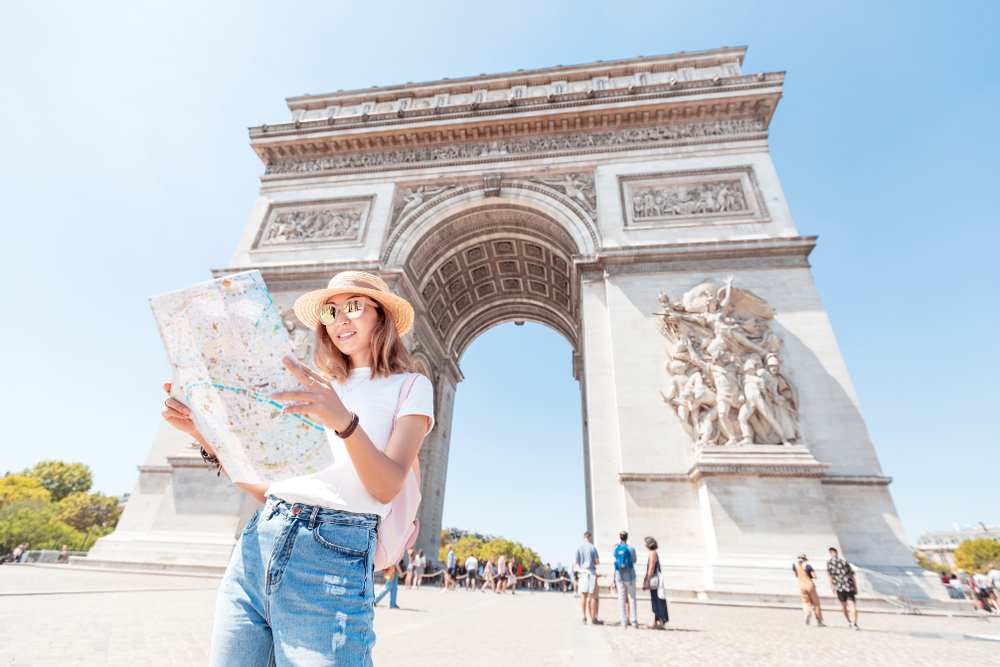
Planning a solo vacation sounds thrilling—until it hits you that you’re responsible for every detail, every decision, and every bump in the road. It’s not just about booking flights and picking a nice hotel. It’s about building an experience that’s adventurous but secure, liberating but not overwhelming. The key is balancing freedom with structure so you’re not floundering in a foreign city without a plan or stuck in a safe but boring routine.
A solo trip can be one of the most powerful things you do for your personal growth, but only if you set yourself up for success. That means anticipating your needs and comfort zones, while pushing yourself just enough to try something new. The right prep will make your trip feel less like a gamble and more like a gift. Here’s how to make it unforgettable—for all the right reasons.
1. Choose a destination that matches your mood, not just your bucket list.

Chasing popular spots can be tempting, but what you really need is a place that aligns with your current headspace. If you’re emotionally drained, maybe don’t head to a bustling capital. Try somewhere slow and coastal instead. On the other hand, if you’re bored and restless, a dynamic city or adventurous landscape might shake things up in the best way. This isn’t about chasing what’s trendy—it’s about asking what kind of healing or excitement you need right now.
When you match your destination to your emotional energy, the entire trip flows more naturally. You won’t feel like you’re forcing yourself to enjoy something that doesn’t suit you, as stated by Kirsteen at Wanderful. If solitude sounds dreamy, don’t guilt yourself for avoiding big crowds. If you’re hungry for connection, book a language class or small group tour. Your vacation won’t look like anyone else’s—and that’s exactly the point. This is about choosing yourself first, not impressing your followers.
2. Book flexible accommodations so you can adjust on the fly.
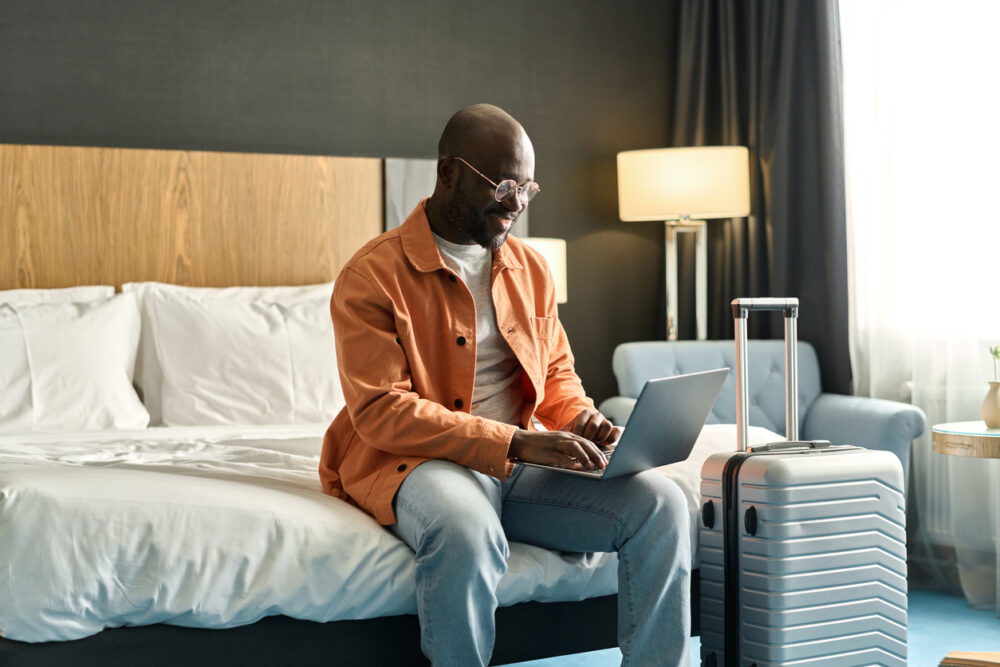
You might think you know what part of town you want to stay in, but once you’re there, you could feel differently. Maybe that charming old building is noisier than you expected, or that quiet retreat feels a little too isolated at night. Booking flexible stays—through platforms that allow free cancellations or date changes—gives you the power to shift your plans without losing sleep or money, as shared by Louise Kong at BuzzFeed.
It’s also comforting to know you’re not locked into a mistake. Solo travel brings a unique sense of vulnerability, and your accommodations become more than just a place to sleep—they’re your anchor. Being able to move easily can help you reclaim control if something doesn’t feel right. A few bucks extra for flexibility is a small price to pay for peace of mind. You’re giving yourself permission to change your mind, and that’s what freedom really looks like.
3. Pack like you’ve got no one to impress—only yourself to support.
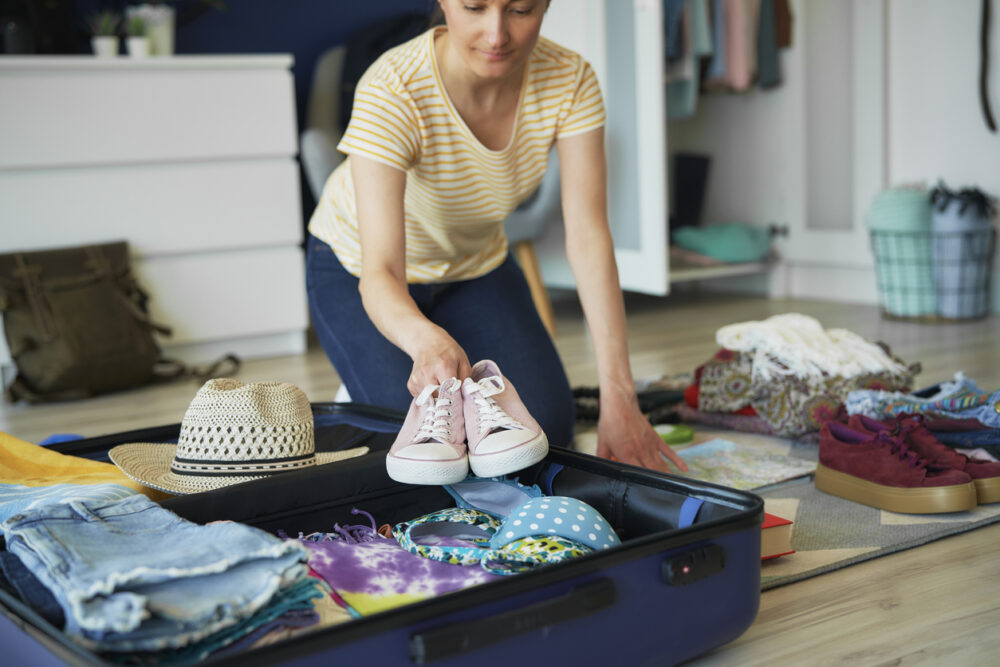
You don’t need three outfits per day, or that curling iron you haven’t used in two years. Pack for comfort, safety, and ease of movement, as mentioned by Nicole Jordan at Business Insider. If your bag is too heavy for you to lift on your own, it’s too much. Prioritize shoes you can walk in for hours and clothes you can layer as temperatures shift. You’re not packing for anyone else’s approval—just your own comfort and sanity.
Every item in your bag should earn its spot. Think about how it supports your daily activities, not how it’ll look in photos. This is your chance to move through the world unburdened—both emotionally and literally. Packing light makes room for unexpected finds and spontaneous changes. Plus, you’ll feel a little more invincible when you can grab your gear and go without needing a team of helpers or a second suitcase.
4. Share your itinerary with someone who won’t hover.
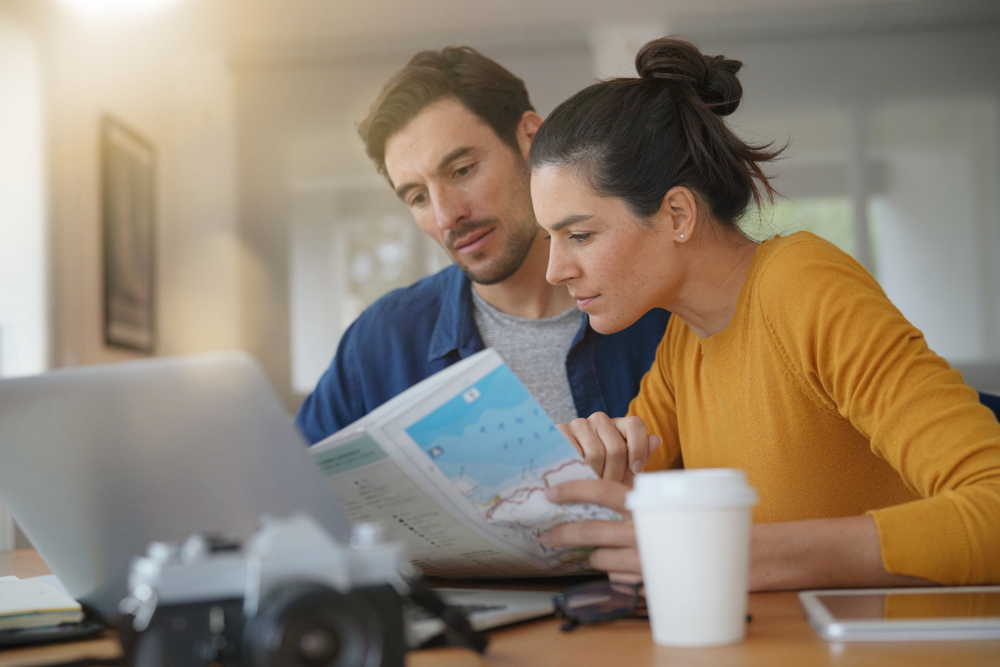
Your solo vacation doesn’t mean going off the grid entirely. Pick someone you trust to know your general plans—flight times, where you’re staying, key activities—and update them occasionally. This isn’t about micromanagement. It’s a safety net, a quiet reassurance that someone back home has your back. You want someone who won’t freak out if you skip a day of texting, but will raise an eyebrow if you go completely dark.
Having a check-in system in place gives you a layer of security without feeling smothered. It also lets you be more relaxed during your travels. Knowing someone is loosely tracking your whereabouts lets you lean into your freedom without the nagging voice of “what if” whispering in your ear. You don’t owe anyone a play-by-play, but you do owe yourself the peace of mind that someone would notice if something went sideways.
5. Learn a few local phrases to show you’re not just passing through.
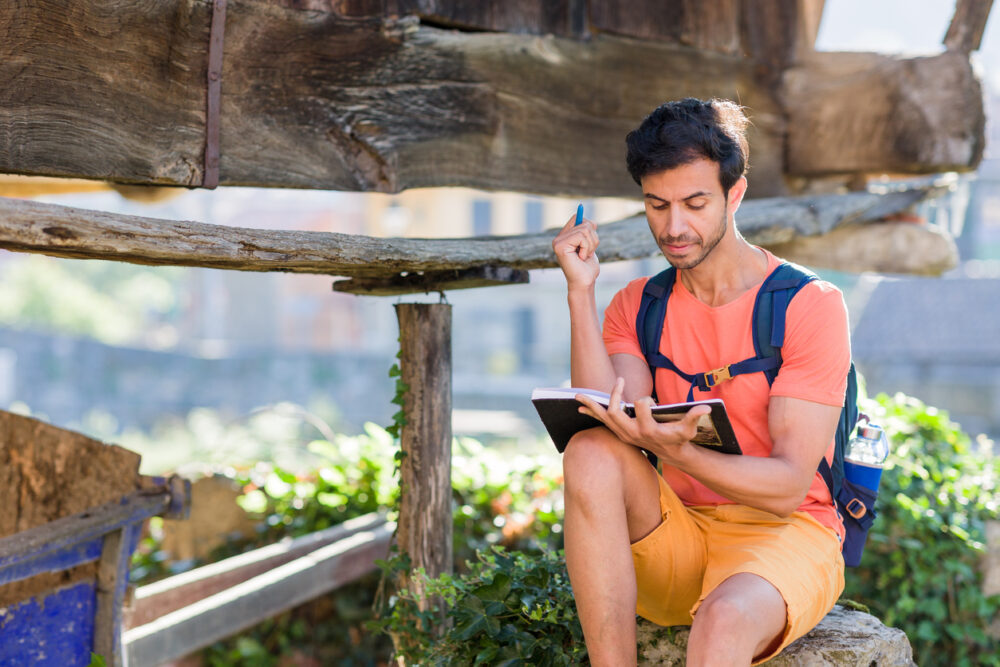
You don’t have to be fluent, but knowing how to say “please,” “thank you,” “excuse me,” and “where is…” can shift how locals see you. It signals respect and curiosity, not entitlement. Even if your accent is laughably off, the effort goes a long way. Locals appreciate when travelers try to meet them halfway, and it opens the door to warmer interactions.
Language bridges awkward moments and creates micro-connections that make solo travel feel less lonely. Plus, it helps you feel more rooted in your environment. Instead of drifting through like a clueless tourist, you start to feel like someone who belongs—even if only for a short time. That shift in mindset can make all the difference. You’ll feel less like an outsider and more like a guest who’s trying to understand the world beyond their own.
6. Plan your first day carefully to avoid emotional overwhelm.
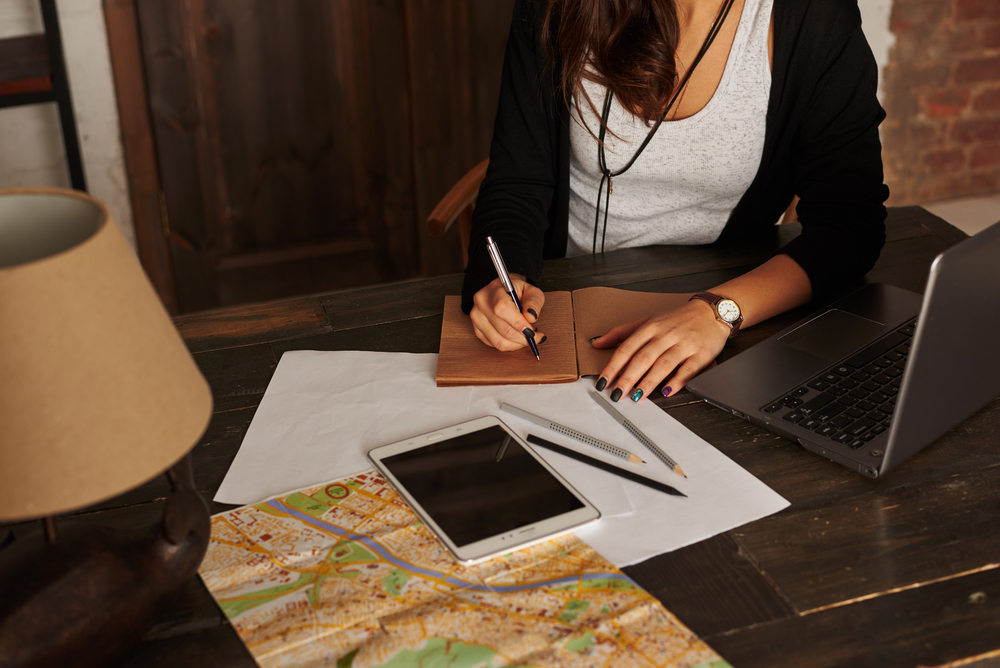
The first day of a solo trip can hit hard. You’re jet-lagged, disoriented, and suddenly very aware that no one’s waiting for you. That’s not the time for big ambitions. Keep your first day mellow—maybe a walk through a nearby park, a slow meal at a casual café, or a nap in the sun. Ease yourself into the rhythm of the place before you start tackling to-do lists or sightseeing marathons.
This buffer gives you a soft landing and helps you adjust emotionally. Instead of crashing into your destination, you’re gently stepping in. It also helps you build a sense of trust with yourself—“I’ve got this” becomes easier to believe when your first 24 hours feel manageable. You’re not here to prove anything. You’re here to feel something. Starting slow helps that feeling sink in without panic riding shotgun.
7. Build a loose itinerary so you’re not paralyzed by options.

Too much freedom can backfire. Waking up with no clue what to do can leave you anxious or stuck scrolling through Google reviews for hours. A flexible itinerary gives your day some shape without strangling your spontaneity. Pick one or two anchors—maybe a museum you want to see or a local market to explore—and leave the rest open for wandering or unexpected invitations.
This balance lets you feel purposeful without being rigid. You’ll move through your days with intention, but still be available to the magic that shows up when you don’t overplan. It also prevents decision fatigue, which can sneak up fast when you’re the only one making every call. You’re not trying to replicate a group trip on your own—you’re creating a new rhythm that supports your unique pace.
8. Stay aware of your surroundings without living in fear.
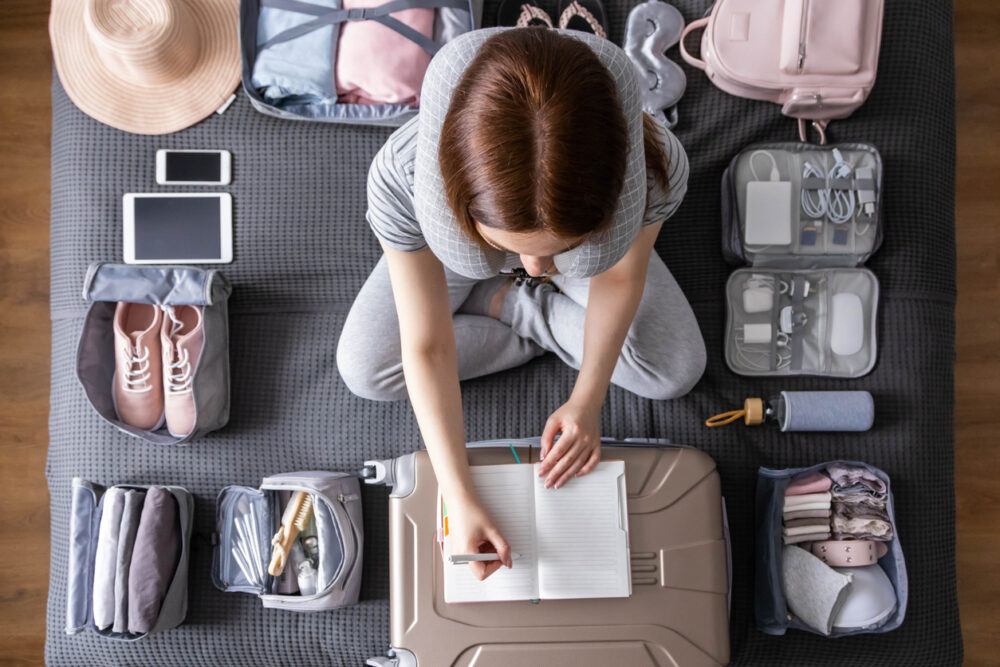
There’s a difference between cautious and paranoid. Yes, watch your bag. Yes, keep an eye on your drink. But also allow yourself to enjoy the street music, the smell of fresh bread, the smile from a stranger. Staying safe doesn’t mean shutting down. It means staying present—scanning for red flags without missing the beauty in front of you.
That awareness gets sharper with time. As you settle into the vibe of the place, you’ll start to sense what feels normal and what feels off. Trust that instinct—it’s one of your most reliable tools. At the same time, don’t let worst-case thinking steal your joy. Fear has its place, but so does trust. When you give both a voice, they can work together to help you stay open and alert.
9. Eat alone without reaching for your phone every five seconds.

Dining solo can feel awkward at first, especially when everyone around you is paired off or chatting away. But this is where the growth sneaks in. Instead of hiding behind your screen, give yourself the space to be fully there. Watch how people interact, notice the flavors in your meal, absorb the sounds of the place. It turns an ordinary dinner into a quiet ritual of observation and presence.
You don’t need to perform confidence—you just need to be willing to sit with the discomfort for a bit. Soon enough, it fades, and you realize most people aren’t paying attention to you anyway. They’re lost in their own meals and conversations. You’re not on display. You’re just a person enjoying food in a new place. And that, in its own quiet way, is beautiful. You’ll learn how to be with yourself, and that’s a skill worth sharpening.
10. Embrace solo photos even if it feels awkward at first.
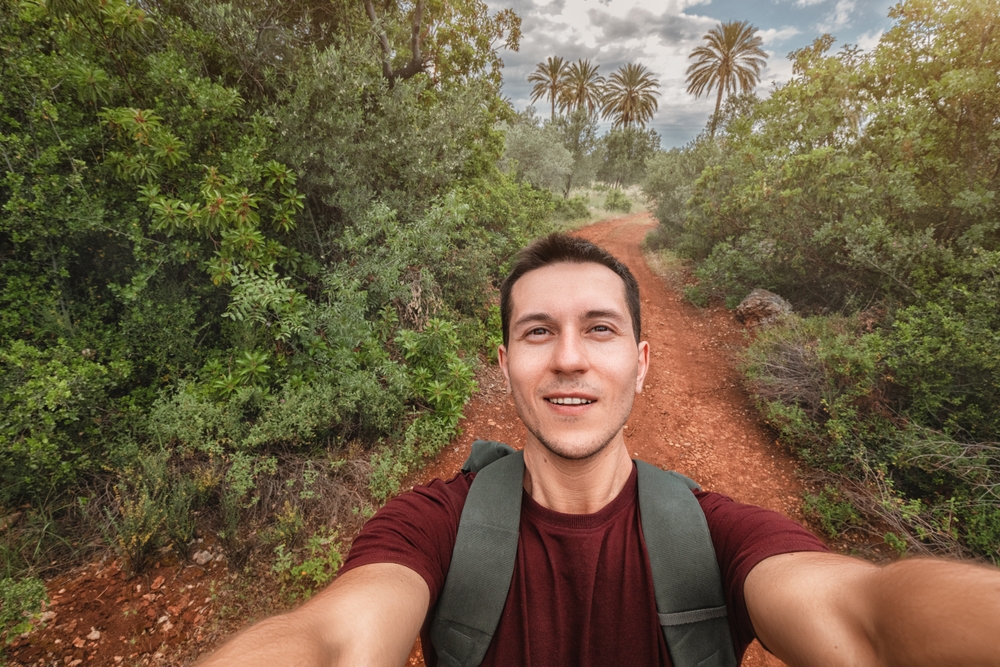
You deserve to be in the memory, not just behind the camera. Ask a fellow traveler or use a tripod with a timer if you prefer privacy. The goal isn’t to stage a perfect shot—it’s to honor that you were there. Years from now, you’ll want visual proof that you showed up for yourself, that you stepped into a new city or wilderness all on your own.
It can feel silly at first, especially if you’re used to being the one snapping pics for others. But every time you see yourself in those images—smiling, tired, proud—you’ll remember the courage it took to be there. These are not just vacation photos. They’re reminders that you don’t need permission to exist boldly. You were the main character of your trip, and your camera roll should reflect that. Awkward or not, capture the moment. You’ll be glad you did.
11. Know when to talk to strangers—and when not to.

One of the best parts of solo travel is meeting people you never would’ve encountered otherwise. That said, you don’t have to force small talk just because you’re alone. You can smile and move on, or politely excuse yourself if a conversation turns weird or draining. Trust that gut feeling—it’s usually right. There’s no prize for being overly friendly at your own expense.
The real magic happens when a connection feels easy and energizing. A brief chat with a shopkeeper, a laugh shared on a walking tour—these moments add texture to your trip. But not every silence needs to be filled. You’re allowed to enjoy your own company without apology. The goal isn’t to be constantly social—it’s to be open without abandoning your boundaries. The people who matter will sense that balance, and those are the ones worth your time.
12. Budget extra for the unexpected joys that pop up.
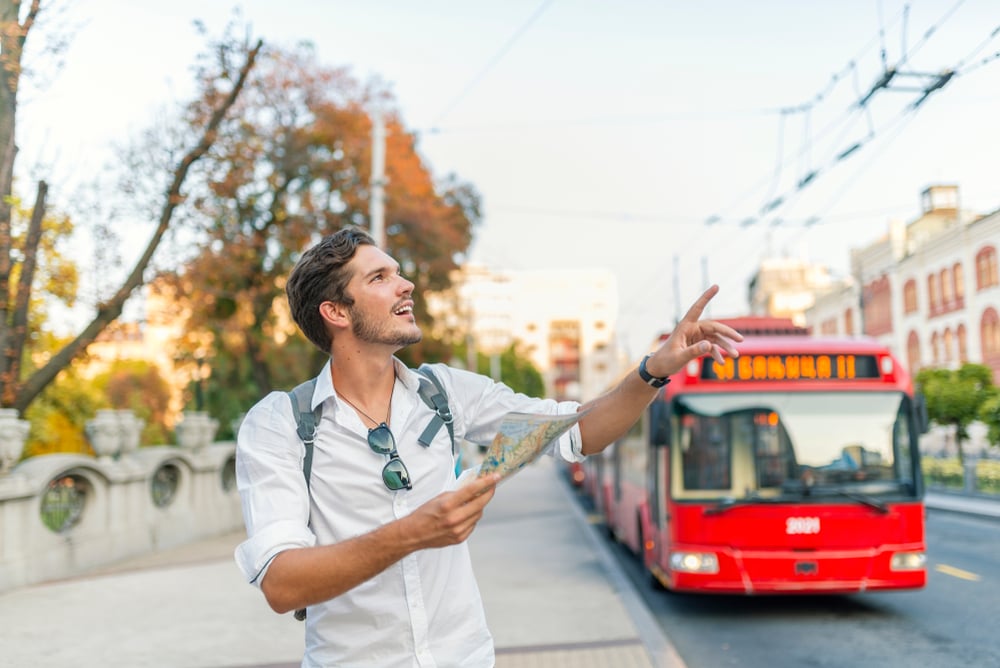
You can’t predict every cost, but you can expect opportunities to say yes to something wonderful. Maybe it’s a last-minute cooking class, a concert you see advertised on a lamp post, or a handmade item that just speaks to you. Build a little wiggle room into your budget so you don’t have to skip moments that make your trip unforgettable just because you didn’t plan for them.
Having a cushion also gives you breathing space when things go wrong—missed trains, rescheduled tours, or sudden weather shifts. Instead of spiraling over the cost, you can adapt and keep moving. You’re not just budgeting for meals and hotels. You’re budgeting for freedom. The freedom to follow your curiosity, handle the hiccups, and say yes when something special appears out of nowhere. Those “unplanned” moments? They’ll likely be your favorites.
13. Prepare for the reentry—coming home can be harder than leaving.
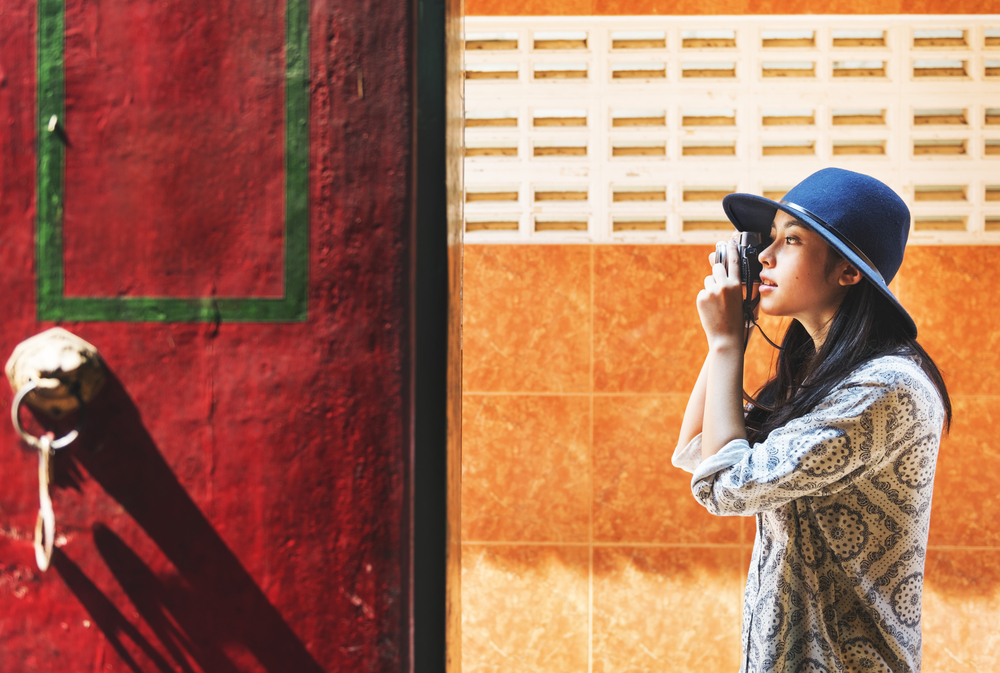
Solo travel changes you. It opens parts of yourself you didn’t even know were asleep. But that return to normal life? It can feel jarring. People won’t fully understand what you experienced, and your routine might feel flat by comparison. That’s okay. Give yourself time to process. Journal, share photos, or simply sit with your memories before diving back into the noise of daily life.
You may also notice a shift in how you see your world—what once felt comfortable might now feel cramped. That’s not a crisis. That’s growth. Use it as fuel to shape your life into something that reflects who you became on that trip. The real takeaway isn’t just the photos or souvenirs. It’s the quiet confidence that you can handle new places, new challenges, and new versions of yourself. And that strength doesn’t vanish just because you unpacked your bag.
